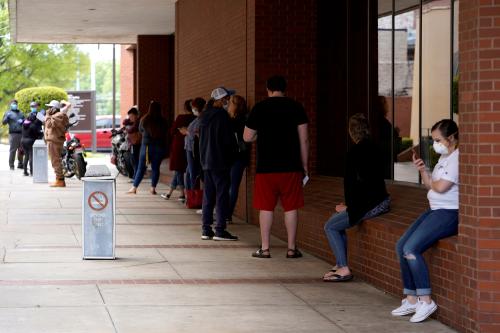Executive Summary
Considerable controversy has arisen around the recent U.S. District Court decision that ordered vertical divestiture of Microsoft as a remedy for its violation of Section 2 of the Sherman Act. In this paper, I look back over more than a century of Sherman Act case law to see how frequently structural relief has been imposed in monopolization cases that involve a single firm that has not attained its market position through merger or from conspiring with other firms. I conclude that there are only four or five such cases in the history of Sherman Act enforcement. I then examine intensively the effectiveness of structural relief—vertical or horizontal divestiture—in seven of the most important Section 2 cases and two others. I conclude that with one exception, the break up of AT&T in 1984, there is very little evidence that such relief is successful in increasing competition, raising industry output, and reducing prices to consumers. The exception turns out to be a case of overkill because the same results could have been obtained through a simple regulatory rule, obviating the need for vertical divestiture of AT&T.
Introduction
On June 7, 2000, Judge Thomas Penfield Jackson ordered that Microsoft be broken into two separate companies as the remedy for its monopolization of the market for Intel-based PC software. This ruling marked the first major antitrust divestiture since the 1982 consent decree that broke AT&T into seven operating companies and a long-distance/manufacturing company. It is also one of only a handful of examples of such a break-up of a firm whose growth has not been the result of a series of mergers. Given the size of Microsoft, its position in the U.S. economy, and the drastic nature of the relief ordered by the judge, this case could have a major impact on American consumers. Is there any evidence on the likelihood that such relief can work? In this paper I look at the historical record for such evidence.



